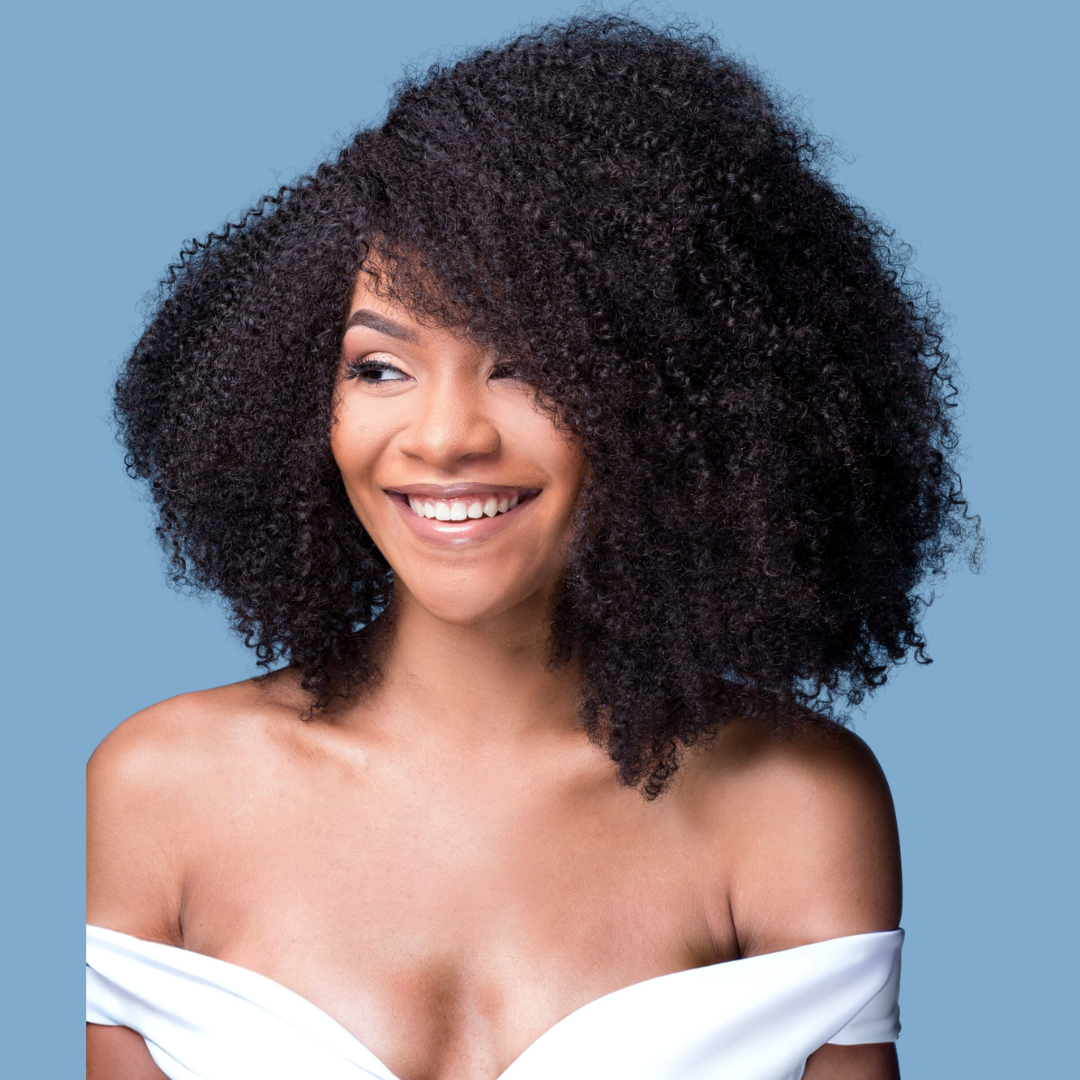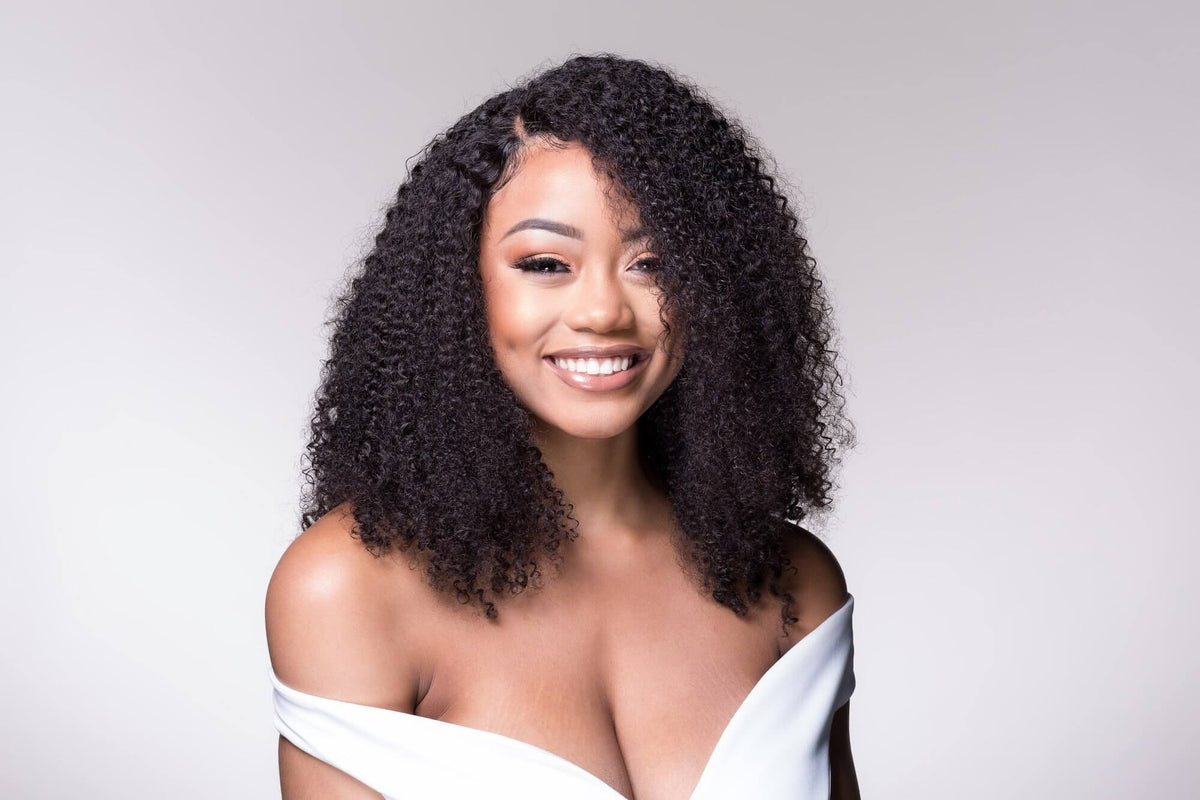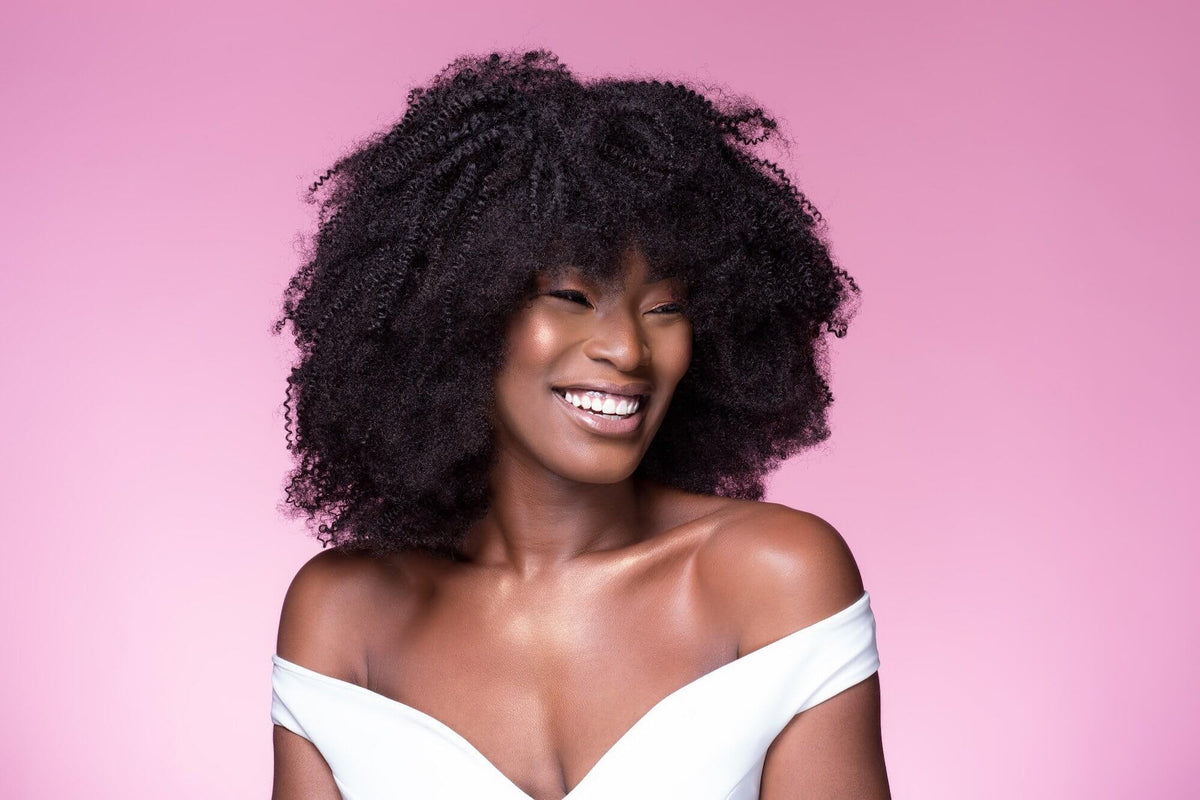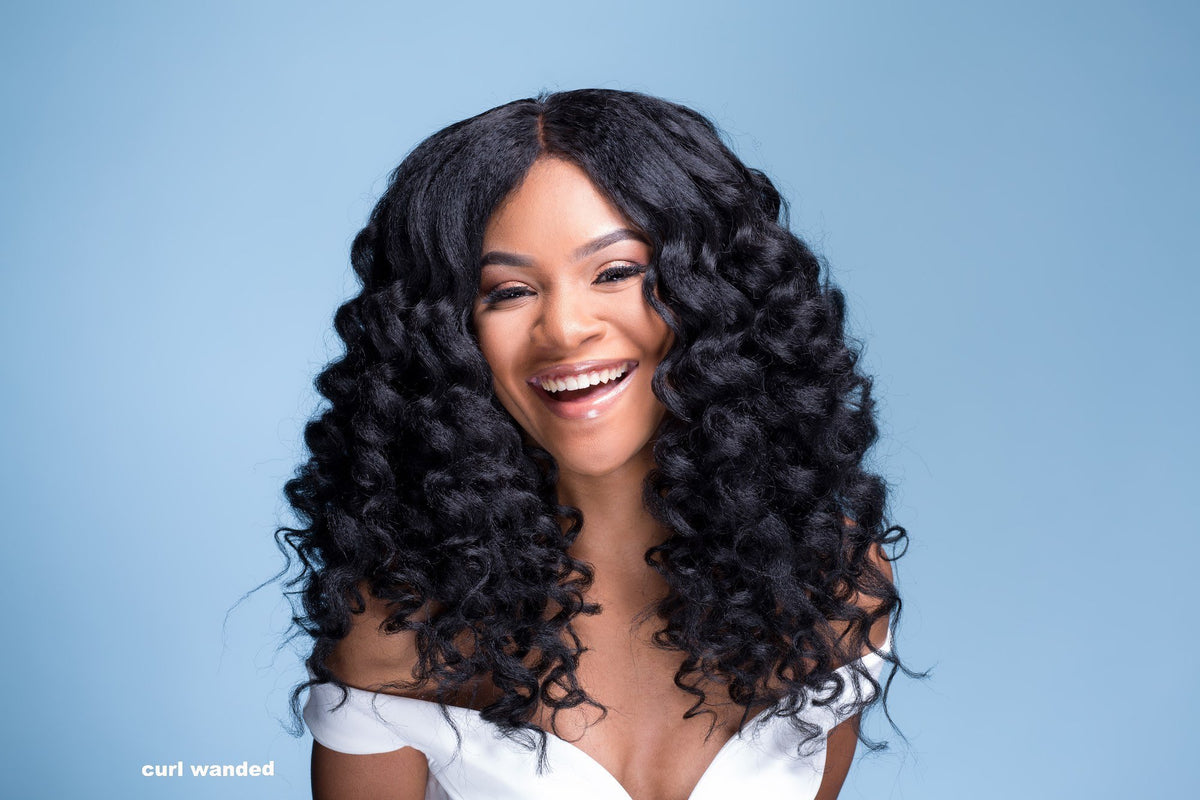
The natural curl pattern and texture of our hair is glorious and distinctive. To truly embrace, style, and work with your curls you have to identify your unique curl pattern. I’m sure you’ve heard the phrase “everyone's hair is different.” For the most part, that is true. What may work for your friend’s hair, may not work for yours.
Once you understand and identify your curl pattern you can make better homemade leave-in-conditioners and style your hair with confidence. Knowing your curl pattern can help you enhance your curls rather than weigh them down or create more fizz. In this post we take a look at how to deal with your natural black hair effortlessly.
Getting Started
There are several types of curl patterns when it comes to wearing natural hair styles. Some of us have a dominant curl pattern and a secondary curl pattern. The first step to determining your hair type is to wash and condition your hair.
Allow your hair to air dry, and if possible, refrain from using any products in your hair as products often adjust and influence your natural pattern. Once your hair is dry, pull out a full strand of hair that is representative of your whole head. This strand is usually from the middle or top of your hair.
Next, examine the piece of hair you have removed. There are four types or categories of hair texture. Within each category the texture is further identified using letters such as A, B, C, etc. These letters describe the thickness of your crown and texture of your strands.
- Type 1- Straight
- Type 2 - Wavy
- Type 3 - Curly
- Type 4 - Coily
Our hair type is identified by the actual curl pattern itself. If you are wearing your natural crown your curl pattern falls into Type 3 and Type 4 categories and can be identified as one of the following:
Type 3 curl patterns have a defined "S" shape. The cuticle of your hair is not flat and thus it is not naturally shiny and requires weekly moisturization.
- Type 3A - Curls are usually loose and big in circumference. Hair is easily frizzed as well as easy to retexture or straighten.
- Type 3B - Curls are versatile and sporadic. Hair is often spiral curls and needs regular moisturizing. It is also more dense and heavy.
- Type 3C - Curls are tightly wound and often the size of a pencil or corkscrew. Hair is very high in density and coarse.
Type 4 curl patterns are identified as thick and voluminous coils. This hair texture is also the most fragile and delicate of all hair types. It also requires daily moisturizing. Protective natural hairstyles are often explored and a saving grace for ladies with this crown.
- Type 4A - Curls feature the "S" pattern when stretched. The actual circumference of the pattern resembles a screwdriver or crochet needle.
- Type 4B - Curls are sporadic and dizzy. Each strand is independent and changes directions in sharp angles.
- Type 4C - Curls are tight and often resemble coils. Hair can experience shrinkage of up to 75 percent.
Now that you have identified your curl pattern it is time to understand how to care for it. Learning to care for your curls can make transitioning to natural easier as well as give you confidence in handling and caring for your natural crown.
How to Care for Your Curls
Hair types of 3C, 4A, 4B, and 4C require almost daily hydration and moisturizing. There are various techniques but the most common is the LOC method. LOC is an acronym for hair liquids, oils, creams.
To begin apply a liquid to your hair, such as water or a water based leave-in product. Then seal the moisture in with an oil and cream. There are many products you can use for this method, as well as several variations of this method. To choose the right products, here are some other things about your hair you may need to know.
Porosity. Porosity is your hair's ability to retain moisture. If your hair has a low porosity then it is more difficult to seal moisture into your strands. If you have normal to medium porosity then your strands retain and receive moisture well. If you have high porosity you crown has a hard time retaining moisture, so it enters and leaves your hair very quickly.
To test your porosity of your hair, place a clean strand of hair into a glass of water, if it floats your hair has a low level of porosity and if it sinks quickly then your hair has a high porosity. Naturally, normal to medium porosity will sink, but unlike high porosity, it will take a while to sink.
Hair with normal or medium porosity can be moisturized using light oils such as grape seed oil, jojoba oil, and avocado oil. It is important to clarify and cleanse hair thoroughly, then deep condition to make sure there isn’t product build up.
High porosity hair prefers heavier oils such as olive oil, sweet almond oil, and castor oil. High porosity hair should also use gentle shampoos or co-wash to protect it and keep your strands hydrated. If your high porosity hair breaks off often, you may need a protein treatment.
Elasticity. Elasticity is a simple way to determine how healthy and hydrated your curls are. If your hair has a lot of elasticity, then it is healthy and well hydrated. Getting your hair healthy and properly hydrated is a journey.
Test the elasticity of your hair by wetting a strand. If it stretches more than 50 percent and then dries back to its normal length, then your hair is healthy. If your hair does not stretch at least half way, then your curls may be more prone to breakage. Focus on using products and leave-in conditioners that specialize in repairing damaged hair.
Maintaining Your Natural Curls
One of the best ways to ensure your curls stay healthy and voluminous is to maintain your health from the inside out. Take vitamins, exercise, and pamper your body. When you’re healthy, your hair will be healthy and you’ll notice more defined curls, more sheen, and better growth retention. Diets with an adequate amount of Vitamin E can also improve the health of your curls.
If your hair type is 4C and your strands lack a defined curl pattern, explore with overnight styles that protect your hair and create curl patterns when you take down the natural hair styles. The most common heatless curl styles include bantu knots, twists, and braids. You can wear these styles for a few days then take them out, or just wear them overnight and take them out when they are dry in the morning.
To create bantu knots, section a small part of your hair. Take that section and split it in half. Twist the two halves around each other until the hair is full twisted. Then twist the twist into a small bun and secure it with a rubber band and/or bobby pin. Do this until all of your hair is knotted.
If you prefer a twist out, repeat the same steps and twist instead of creating the knots. To create curls using braids, you can use cornrows or regular box braids. It is important to make sure your hair is hydrated and moisturized before you do any of these styles.
If your hair type is 3A to 4B with more have defined curls wear a hair wrap or scarf at night to keep your hair covered and moisturized - this protects it from breakage.
Once you identify your hair type, curl pattern, its porosity and elasticity you can easily establish an overnight regimen. You will also begin to notice the best products for your curls and how to get the curl definition and pattern you want. Remember that it may take a while to find products and leave-in conditioners that flatter your curl pattern. Just keep exploring different combinations of hair liquids, oils, and creams until you find a mix that flatters your crown.



